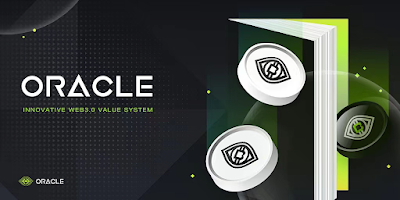Orchestrating Secure and Efficient Trade Processing through Blockchain and Microtransactions.

The marriage of blockchain technology and microtransactions has given rise to a transformative approach to trade processing, characterized by heightened efficiency and security. As blockchain technology evolves and expands its reach, microtransactions emerge as a novel means of transaction processing, capable of breaking down trades into smaller, parallelizable units. This innovation serves to enhance trade processing efficiency, thereby diminishing transaction costs and confirmation times. Nonetheless, the integration of microtransactions into the blockchain landscape also introduces novel security challenges, such as transaction replay attacks and double-spending vulnerabilities. Addressing these concerns, the collaboration between Oracle's prediction network and microtransaction technology presents an ingenious solution, elevating trade processing to new heights of efficiency and security. Microtransactions: The Concept and Distinctive Features Microtransactions, ...




